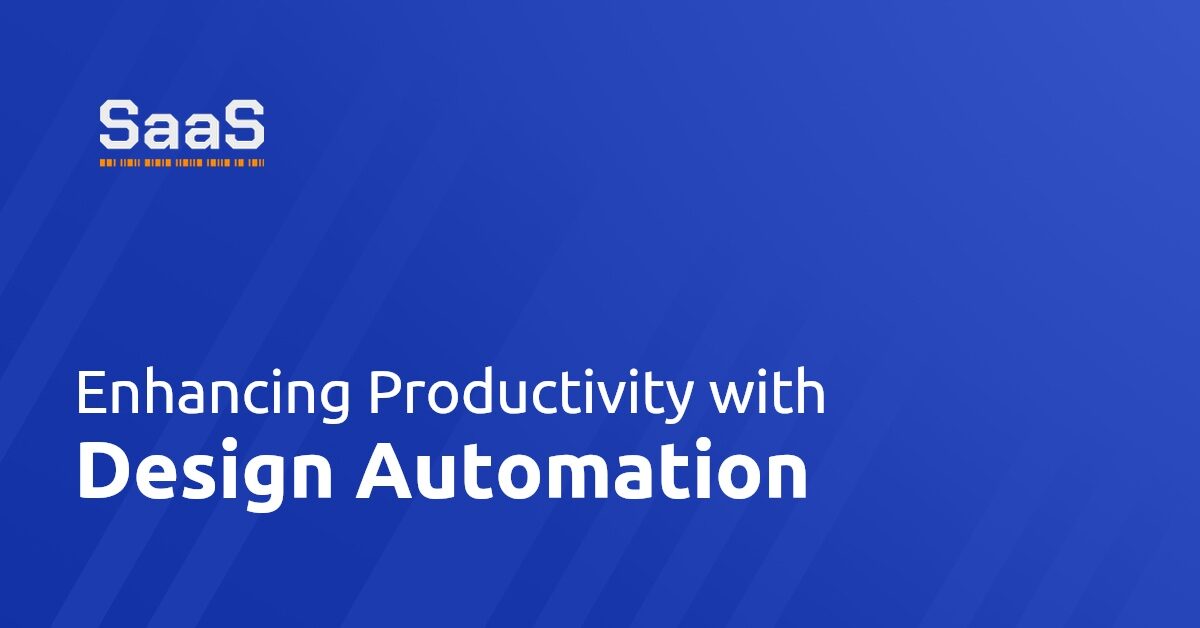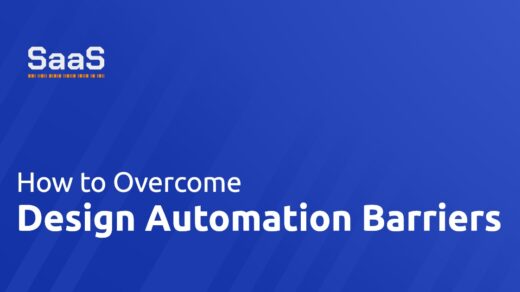Enhancing Productivity with Design Automation Software
In our rapidly modernizing world, businesses continue to leverage digital tools to streamline operations, improve productivity and increase efficiency. One such tool garnering attention is design automation software. This software particularly enriches design-intensive industries such as manufacturing, construction, architecture, and engineering.
How does design automation software enhance productivity?
Design automation software, at its core, automates repetitive design tasks, allowing designers to focus on the creative and innovative aspects of their jobs. It facilitates the quick and accurate generation of complex designs and engineering drawings, saving valuable time and resources.
By standardizing the design process, the software minimizes errors and inconsistencies, resulting in high-quality outputs. It also promotes collaboration by enabling multiple team members to work concurrently on a project. Hence, speeding up the project delivery time significantly.
Key benefits of using design automation software
The benefits of design automation software are manifold. Firstly, it increases productivity by automating mundane tasks and enabling designers to focus on innovation and problem-solving. Simply put, by reducing the hours spent on manual design tasks, professionals can accomplish more in less time.
It also promotes accuracy by reducing the risk of human error. By automating the design process, it eliminates inconsistent and erroneous outcomes, significantly minimizing rework and enhancing the overall quality of work.
Furthermore, improved collaboration is another significant benefit of using design automation software. It facilitates real-time modifications, shared access, and easy revision monitoring, fostering a collaborative work environment.
Increasing efficiency: The role of design automation software
Design automation software is pivotal in accelerating design processes, thereby increasing efficiency. Tasks that once took hours to complete can now be executed in a matter of minutes. Apart from decreasing design cycles, it also allows for quick modifications, thus enabling businesses to adapt to market changes swiftly.
The software also plays a critical role in enhancing resource efficiency. By automating design tasks, companies can significantly reduce the need for additional staff, consequently saving on hiring and training costs.
Unlocking productivity potential: Harnessing design automation tools
The utilization of design automation tools can help businesses unlock their full productivity potential. By eliminating mundane tasks, they allow creativity to take center stage, fostering an environment ripe for innovation.
These tools also free up essential staff time, allowing employees to focus on strategic tasks that contribute more substantially to the business's bottom line. The opportunities for optimization are limitless and businesses that effectively harness these tools stand to gain significant competitive advantage.
Indeed, design automation software is no longer a nice-to-have; it's a must-have. It is positively shaping the futures of various industries, encouraging innovation, promoting efficiency and boosting productivity. Businesses that adopt these platforms stand at the forefront of their industry, leading the way for a more productive future.








